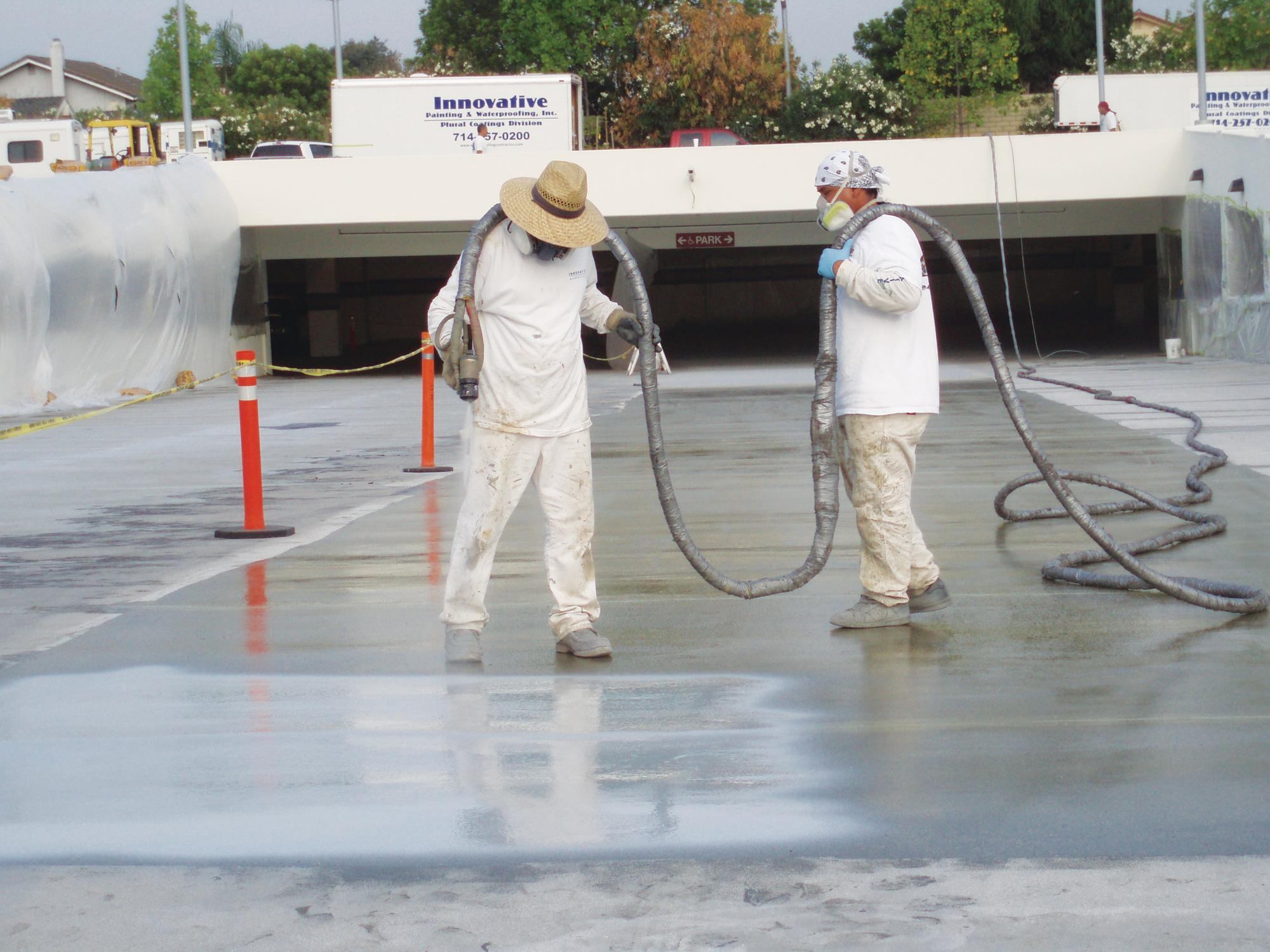Wear coatings and dry lubricants [Diamond Chromium Coating (98Rc) which exceeds the boundaries of standard polyurea, and Thin Dense Chromium Coating (78RC), a low-temperature, multistate surface finishing process] that will solve corrosion and wear problems, saving both time and money. Unprotected surfaces of major ferrous and nonferrous base metals are subject to several forms of corrosion.
Combined with fatigue, corrosion is the significant contributor to the breakdown of the metals. Corrosion is a natural process which reduces the binding energy in metals creating oxidization of the metal which weakness the metal and can cause structural damage. Even stainless steel is not immune to some forms of corrosion. Due to higher surface hardness, Diamond Chromium Coating and Thin Dense Chromium coatings have a longer wear life than stainless steel. Coating less expensive metals as opposed to using chrome or stainless steel can provide a relatively large cost savings, while at the same time increasing the wear life.
Benefits of Chromium Coatings
Key technology can reduce the problems associated with severe corrosion. Even pitting, one of the most destructive forms of corrosion, can be avoided with the use of corrosion resistant coatings providing increased efficiency and a reduction in maintenance costs.
Unlike conventional chromium coatings, proprietary processes (both the XADC Diamond Chromium Coatings and the Thin Dense Chromium (TDC) coatings are not off-the-shelf products. They have been custom-engineered to provide a coating solution for problems associated with corrosion and wear abrasion. Chromium is a natural corrosion resistant product. Superior coatings won’t crack, chip, or peel. They provide an excellent solution for protecting nearly all ferrous and non-ferrous metals including common molding steels such as H-13, S-7, P-20, 420SS, A-2, D-2, and copper alloys.
High-durability coatings serve three main purposes:
- They provide wear and abrasion resistance. (Due to surface hardness and the micro-nodular finish.)
- They provide lubricity, release, and friction reduction. (Nodular structure will substantially reduce friction, providing longer wear.)
- They provide corrosion resistance (on tool steel, comparable to 440C stainless steel). (Even in severe environments, coatings resist corrosion and perform better.)
Protective coatings will provide coating solutions that maintain corrosion resistance for many possible applications. Our Thin Dense Chromium coatings provide a standard plating thickness of .0001/.0003″ per surface. However, in molding, the .000050/.0002″ range is more realistic, given the tight tolerances that are the industry standard so they won’t interfere with the working of industrial equipment, And, coating solutions also have FDA approval for food processing equipment. In the food industry, gear wear resistant coatings can provide an excellent solution for machinery faults due to corrosion.
Unlike traditional hard chrome, a thinner deposit of XADC or TDC coatings do not inhibit the coatings’ efficiency, and may prevent excessive edge build.
In addition, the hardness of the substrate metal is not an issue; the harder the base metal, the more effective the XADC (98 Rc and TDC (78Rc) coatings become, (i.e., common Rc hardness for tool steels to be coated is 45-55 Rc).
Even in the case of copper alloys, where hardness cannot be dramatically improved, corrosion resistant coatings can provide protection against abrasive wear, without inhibiting the copper’s thermal diffusion properties, making it an excellent coating solution for copper tubing.
Coatings will also extend the life and improve the efficiency of rubber and plastic parts. Surface hardness is increased to 78 Rc with and to 98 Rc with XADC coatings.


